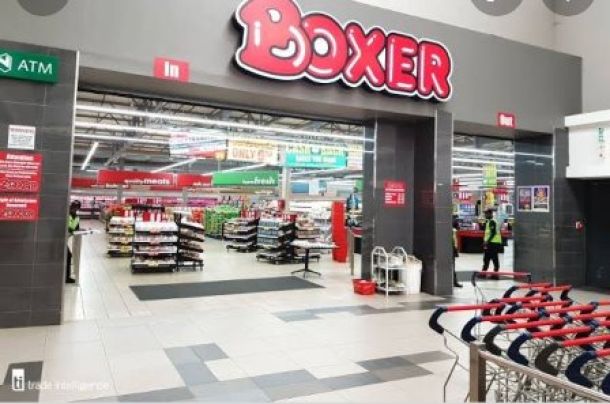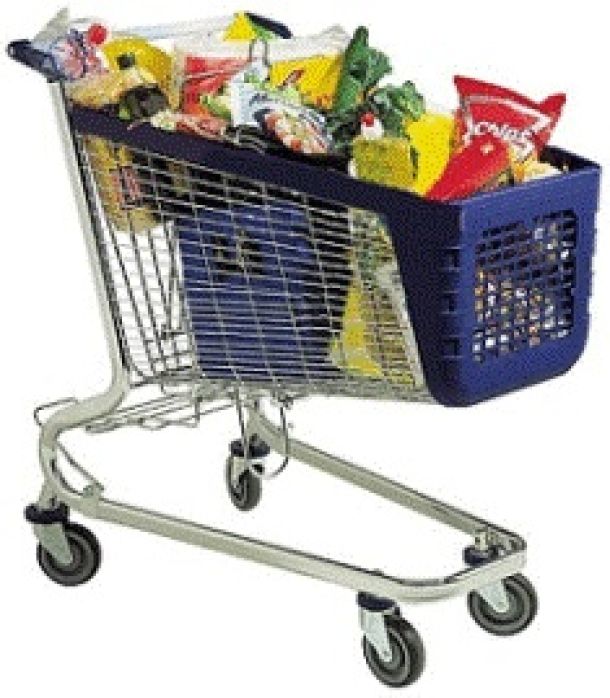
In two minds: shoppers and consumers are not the same audience
One of the psychologies to explore when trying to drive creativity through constraint is the difference between the shopper and the consumer. While we often shop for ourselves and therefore are both shopper and consumer, we have different mindsets on these different occasions – so much so that we might as well be different people altogether.
Same person, different mindset
As a shopper, we are largely overwhelmed by information, and a lot of that information is filtered out as we tap into our hunter-gatherer instinct, which makes this mindset unique. We are looking for things that might be useful to us in the future. We are predicting and judging and constantly filtering in this mindset. We are less concerned about what our immediate needs are and instead are looking to fulfil future, potential needs that may never manifest. Conversely, when we are in a consumer mindset, we are more attuned to our immediate needs: what do we need to be fulfilled right now?
Aspiration vs emotion
The interesting thing here is that the person we are in the moment and the person we think we will be in the future are often disparate. This is the paradox of being both a shopper and a consumer – we often see our future selves in a more aspirational sense. Anyone who has ever promised themselves at the beginning of a week that they are going to eat healthily and exercise, only to find they have made short work of a pack of chocolate dipped cookies while binge-watching Netflix, can relate to this. The shopper is focused, considered and to an extent misguided by who the real consumer is and will be. The consumer is impulsive, needs-oriented and driven more by an emotional response.
Always-on shopping
The difference is less about geography and more about these mindsets. If we consider shopping in the broader sense, it can be argued that consumers are always shopping – there is a perpetual intent to find things that might fit their needs, either immediately or in the future. But we are not necessarily always consuming. By understanding these subtleties, we can create messaging that doesn’t get filtered out by shoppers and that connects to a future version of themselves that they aspire to and suggests a reward at the end of it.
A strategy that appeals to both
Beyond needs, or even wants, people also crave something to believe in. Something to attach themselves to and curate their identities. If we view shopping in this way, we can see people as being constantly driven to seek out and add new things that fulfil them – either on a fundamental, practical level or in their sense of self.
We need to create brands that are destination purchases. That is to say that the intent to purchase is part of the consumer’s planned purchasing journey. By being a brand that forms part of a consumer’s identity (in other words “I am a brand X person” vs “I buy brand X”) we solidify the relationship with the brand. We do this by showing up consistently everywhere our brand touches consumers' lives. In doing this we can also create greater perceived risk around purchasing competitor brands that might not deliver the same value.
Matthew van der Valk is executive creative director at VMLY&R.
News Category
- International retailers
- On the move
- Awards and achievements
- Legislation
- Wine and liquor
- Africa
- Going green
- Supplier news
- Research tools
- Retailer trading results
- Supply chain
- Innovation and technology
- Economic factors
- Crime and security
- Store Openings
- Marketing and Promotions
- Social Responsibility
- Brand Press Office
Related Articles

Youth prefer Boxer to Shoprite, but Woolies rem...

Soaring appeal of loyalty programmes in South A...

Zulzi beats Checkers, Pick n Pay, Woolworths — ...

This is the cheapest store to purchase a basic ...

